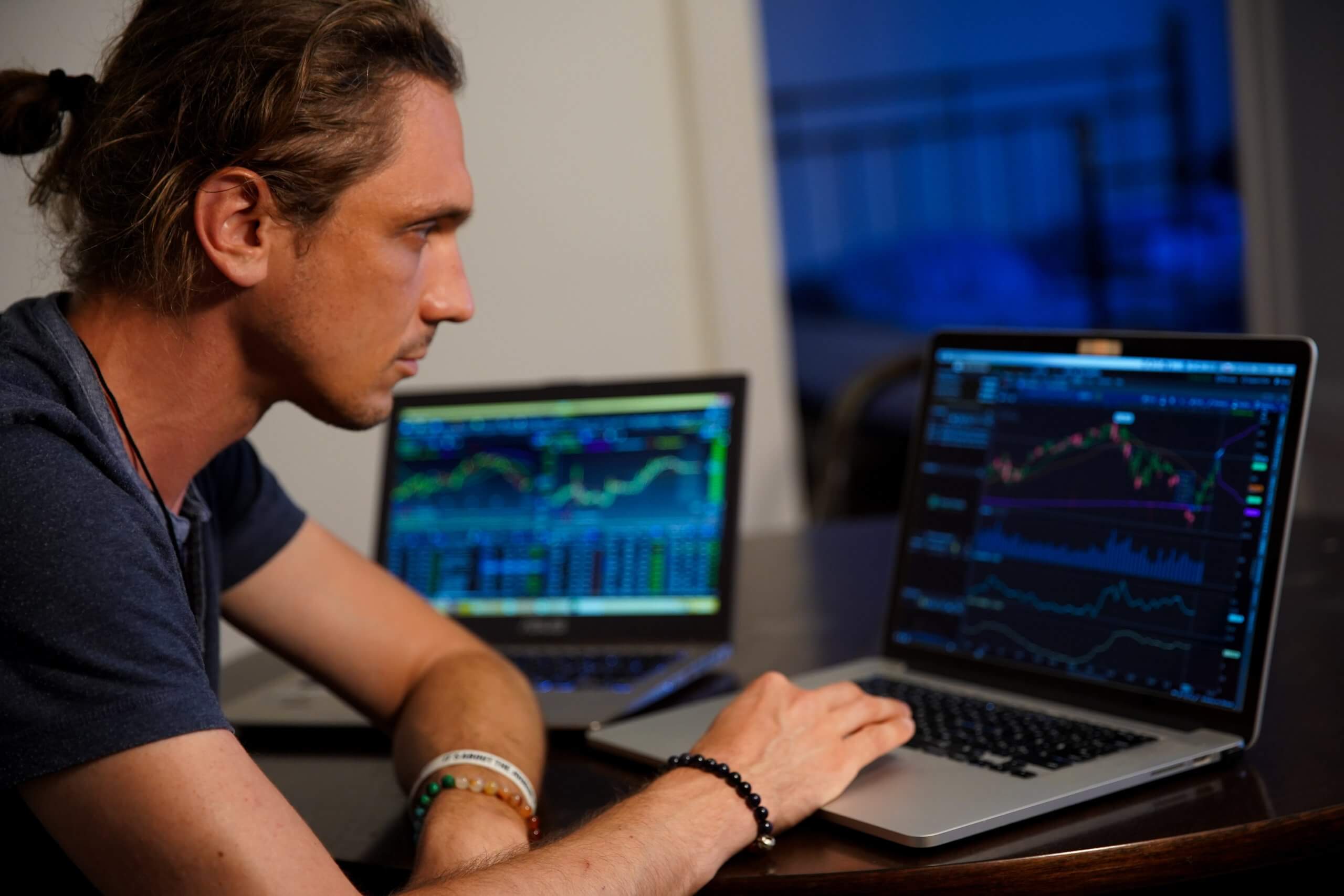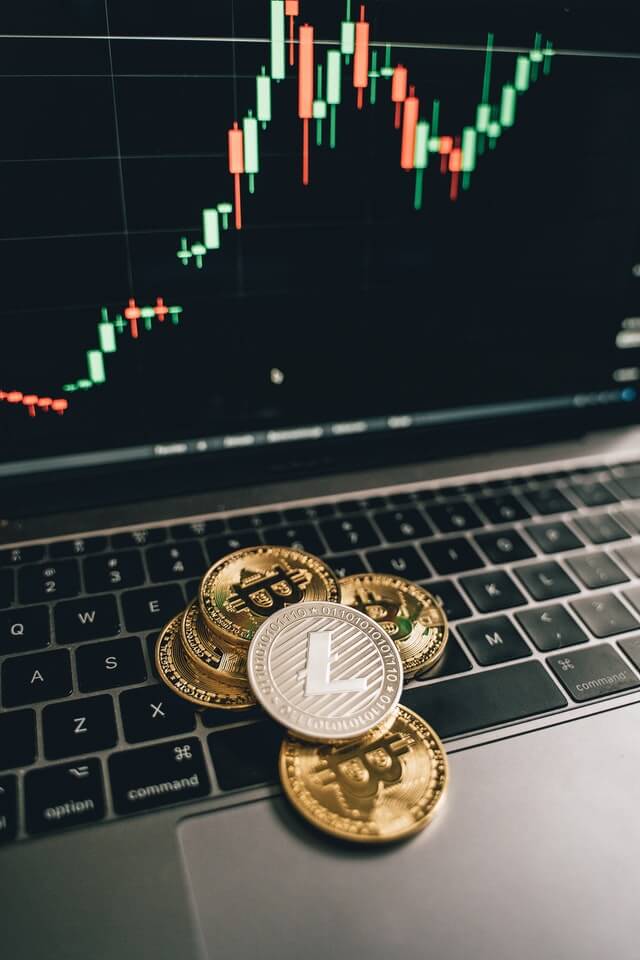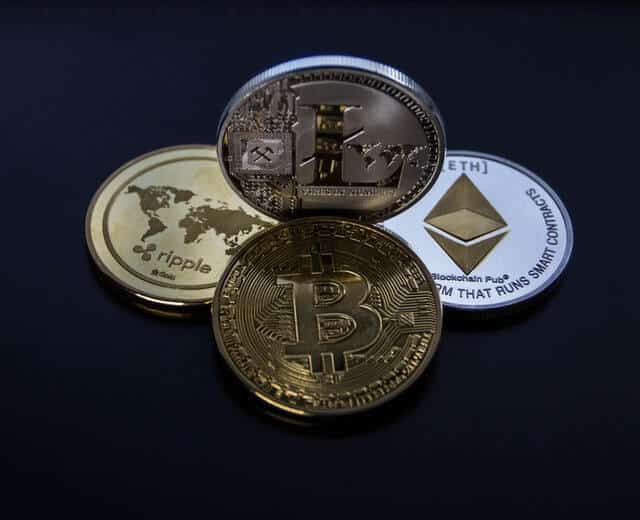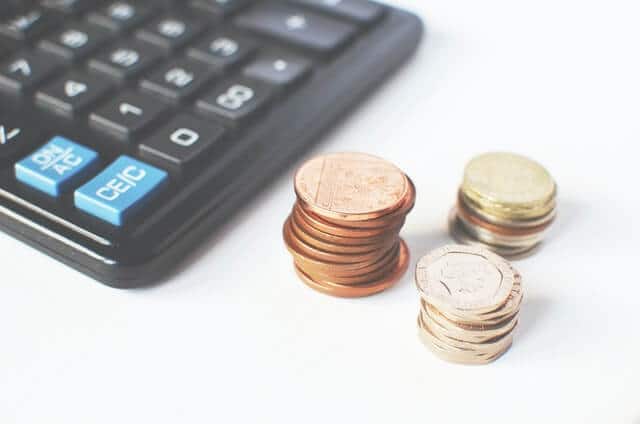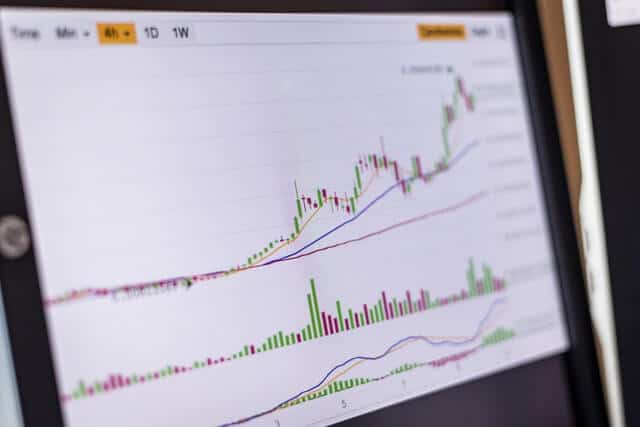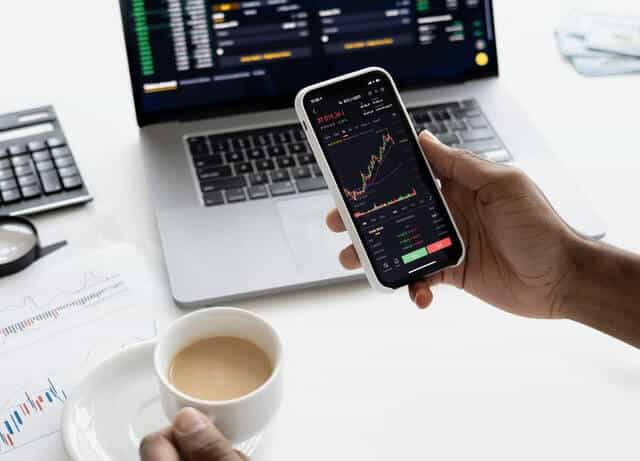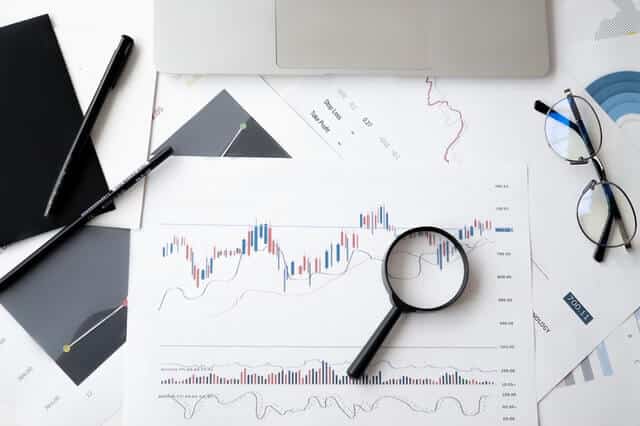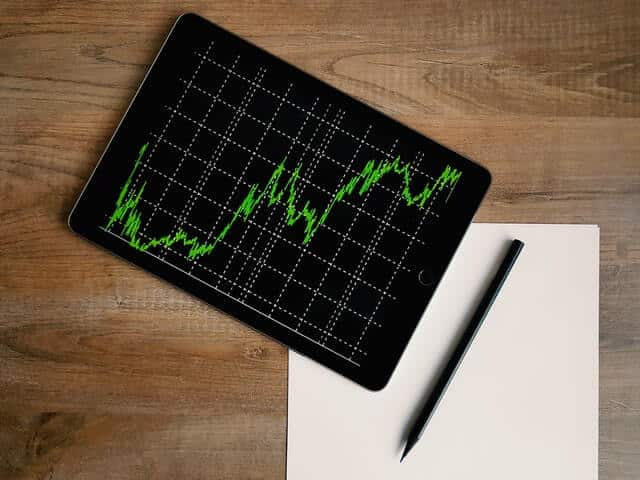When we talk about cryptocurrency day trading we are referring to the negotiations between two tokens or perpetual contracts that, as the name implies, last up to one day. After making a thorough analysis of the market, the goal is to obtain benefits with the rise or fall of your price, by predicting price levels. The difference with other cryptocurrency investment systems (such as long-term investments) is that these operations can only last a few hours.
When day trading cryptocurrency, you should carefully analyze the market volume and how the price is advancing. If an order was placed several hours ago and the price is lateralized, the next movements become unpredictable.
What Is Day Trading in Cryptocurrency?
Day trading in cryptocurrency involves buying and selling digital assets within the same day, aiming to profit from short-term price movements. Unlike long-term investing, day traders typically don’t hold positions overnight. Instead, they capitalize on intraday volatility across assets like Bitcoin, Ethereum, and altcoins.
Crypto markets are open 24/7, which means day traders have more flexibility — but also more noise and potential for overtrading. It’s a fast-paced approach that requires quick decisions, chart reading skills, and solid risk management.
Tools and Indicators Used by Crypto Day Traders
Successful day traders rely on a set of tools to make informed moves. The most commonly used include:
-
Candlestick charts for visualizing price movements
-
RSI (Relative Strength Index) to measure momentum
-
MACD for spotting trend changes
-
Volume analysis to confirm price strength
Charting platforms like TradingView are essential, and many traders also subscribe to real-time crypto trading signals for extra insight. Mastering these tools helps traders time entries and exits more effectively.
Popular Day Trading Strategies in Crypto
There are several strategies used in crypto day trading, including:
-
Scalping: Executing many small trades throughout the day to profit from tiny price changes
-
Breakout Trading: Buying or selling when an asset moves beyond a key support or resistance level
-
Range Trading: Trading within a predictable price range, using support and resistance as guideposts
Each strategy comes with its own risk profile and learning curve. The key is choosing one that matches your risk tolerance, time availability, and skill level.
Why are traders day trading cryptocurrencies?
- Day Traders prefer to close their positions before market volume declines and their trades are affected. Unlike Forex, the crypto market does not have a closing time, although it does have more activity during certain hours than the rest of the day.
- Day Trading is a short-term strategy in which to open numerous positions and achieve a day-to-day profit objective instead of a longer-term investment in which long-accumulated profits may disappear or be considerably reduced in future fluctuations that go against him.
- It should be noted that multiple trading platforms have strict commission policies and require a high fee for each operation that is kept open at certain times, so naturally, it is preferable to complete them before that time.
Day traders chase market liquidity
Liquidity plays a very important role in day trading, which can be defined as the speed in which one asset can be traded for another.
In the Forex market, trillions of dollars move daily, although cryptocurrencies still do not have the liquidity expected in the future, since currently there are not many companies and individuals who use them as a means of exchanging daily value. However, with each passing day more liquidity is created in the crypto market. The growth in the adoption of this new means of payment is notable.
As with many strategies, day trading of cryptocurrencies involves some risks due to the large spreads that may exist when liquidating a position.
However, many experienced traders already know how to control it, and continue to use it as a means of capitalization; in addition to today there are many brokers & exchanges with a large number of participants that provide liquidity to the market.
Day trading usually involves high leverage
Leverage works like a line of credit or “loan” that the exchange gives you, thus allowing you to enter the market with higher trading power than what you actually have. For example, if you have $100 and place an order with 100x leverage, then you would be trading at $ 10,000. With this investment capacity, you will be able to win as if the trade were of this size (and also lose), so it is necessary to establish solid risk management.
When day trading cryptocurrency, leverage comes in handy because it helps you make the profits you seek on a daily basis without having to rely on multiple trades. If you set a goal of getting at least 5% of your capital in one day, you can achieve it only with a leveraged trade, which allows you to keep your head calm and not act under the frustration of not having made a profit in that market. day.
Although leverage is an excellent tool for cryptocurrency day trading, it is also a strong double-edged sword, as leveraged instruments can cause total capital loss in just one trade. For this reason, it is not recommended for people who are just starting to invest in cryptocurrencies, but more suitable for those who already have a little more experience with this market.
Risks and Best Practices for Crypto Day Traders
Day trading crypto can be profitable, but it’s also highly risky — especially for beginners. Prices can change dramatically in minutes, and emotional decision-making can lead to significant losses.
Best practices include:
-
Always use stop-losses to protect your capital
-
Limit your position sizes and don’t trade with money you can’t afford to lose
-
Avoid revenge trading after a loss — stick to your strategy
-
Keep learning through communities, trading journals, and tutorials
Discipline, patience, and continuous learning are crucial for long-term success in day trading crypto.
